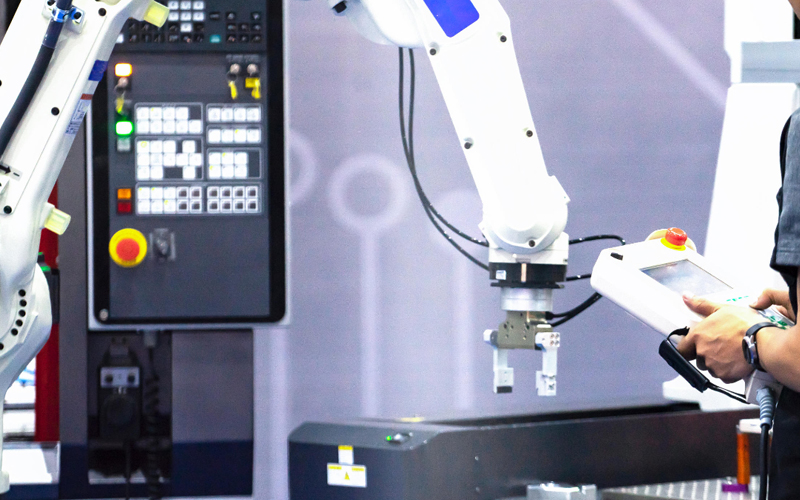Filing insurance claims and managing human capital often take a backseat to direct patient care. Yet, these administrative tasks are critical to the seamless operation of a healthcare practice. The paradox of the modern healthcare landscape is that these back-office operations constrain healthcare practitioners, preventing them from fully leveraging the remarkable advances in medical science and technology.
Recent studies reveal the magnitude of this challenge:
- Healthcare professionals dedicate up to 37% of their workday to administrative responsibilities.
- Physicians nearly half their time (44.9%) navigating electronic health records (EHRs), with 20.7% consumed by data entry alone.
Traditional workflows, riddled with inefficiencies and prone to human error, consume valuable time and mental energy that could be more effectively directed toward patient care, nuanced medical assessments, and strategic health improvement initiatives.
This situation has sparked a growing interest in workflow automation—a transformation that promises to reshape healthcare delivery.
By streamlining clinical workflows through robotic process automation (RPA), healthcare o
rganisations are discovering new ways to enhance productivity without compromising the quality of patient care. As mounting patient loads and escalating costs create unprecedented pressure on healthcare systems, the need to optimise clinical processes has never been more urgent.
Key areas of clinical workflow automation
RPA transforms healthcare operations by managing routine, labour-intensive tasks. Here are the primary areas where technology is making an impact:
- Electronic Health Records (EHR) management: Modern EHR systems go beyond simple digital record-keeping. Advanced automation can:
- Automatically update patient information
- Flag potential drug interactions
- Generate comprehensive patient summaries
- Facilitate seamless information sharing between departments
- Appointment scheduling and patient intake: Automated systems can revolutionise patient scheduling by:
- Allowing online booking
- Sending automatic appointment reminders
- Collecting preliminary patient information
- Reducing no-show rates
- Minimising administrative burden on reception staff
- Diagnostic process optimisation: Artificial intelligence (AI) and machine learning (ML) are transforming diagnostic workflows by:
- Rapid analysis of medical imaging
- Quick screening of test results
- Identifying potential anomalies
- Prioritising urgent cases
- Reducing human error in initial assessments
- Medication management: Automation enhances medication workflows through:
- Automated prescription refill requests
- Interaction and allergy checking
- Precise dosage calculations
- Real-time inventory management
- Tracking patient medication adherence
- Communication and coordination: Advanced communication tools can:
- Automate inter-departmental communication
- Create efficient handoff protocols
- Enable secure messaging between healthcare professionals
- Track patient progress across different stages of treatment
Benefits of workflow automation
Healthcare organisations optimising their clinical workflows realise numerous benefits spanning operational efficiency, staff satisfaction, and patient outcomes. Here are the key advantages:
- Increased productivity: By reducing manual tasks, healthcare professionals can:
- Spend more time with patients
- Handle more complex medical cases
- Reduce administrative overhead
- Improved accuracy: Automated systems minimise human error in:
- Data entry
- Medication management
- Patient information tracking
- Diagnostic processes
- Enhanced patient experience: Streamlined workflows lead to:
- Shorter wait times
- More personalised care
- Better communication
- Increased patient satisfaction
- Cost efficiency: Automation helps healthcare institutions:
- Reduce operational costs
- Optimise resource allocation
- Minimise redundant processes
- Improve overall financial performance
Implementation challenges and strategies for success
Despite its benefits, workflow automation is not without challenges. Understanding these challenges and planning appropriate strategies is crucial for success:
- Financial investment
- Challenge: High initial implementation costs for software, hardware, and infrastructure
- Strategy: Develop a phased implementation plan with clear ROI metrics; prioritise high-impact areas first
- Workforce adaptation
- Challenge: Staff resistance to change; learning curve with new technologies
- Strategy: Implement comprehensive training programs and create a change management plan with staff champions
- Technical integration
- Challenge: Seamless integration with existing systems and workflows
- Strategy: Conduct thorough system compatibility assessments and choose solutions with proven interoperability
- Data security
- Challenge: Ensuring patient data privacy and system security
- Strategy: Implement robust cybersecurity measures and regular security audits; maintain HIPAA compliance
- System maintenance
- Challenge: Maintaining optimal system performance while managing updates and upgrades
- Strategy: Establish regular evaluation protocols and feedback mechanisms for continuous improvement
The future of healthcare workflow
The transformation of clinical workflows through automation is accelerating, driven by rapid technological advancement and growing market demand. The clinical workflow solutions market, currently valued at $11.96 billion (in 2024), is projected to reach $42.7 billion by 2034, growing at a robust 13.86% CAGR. This remarkable growth reflects healthcare organisations' increasing recognition of RPA’s critical role in modern healthcare delivery.
As technology evolves, AI/ML and predictive analytics will play increasingly significant roles in transforming clinical workflows. These advanced technologies promise to further enhance decision-making, streamline operations, and improve patient outcomes. Healthcare institutions that strategically implement these solutions can create more efficient, accurate, and patient-centred workflows.
The goal is clear: leverage technology to remove the administrative shackles that constrain healthcare professionals, and enable them to concentrate on their most critical role—providing deeply compassionate, high-quality patient care.
Organisations that embrace this transformation will lead the way in delivering more responsive, efficient, and effective healthcare services.
How can Infosys BPM help?
In healthcare, every moment counts. Infosys BPM’s RPA services, with its combination of RPA with AI, takes the administrative burden off healthcare providers so that they can focus on what truly matters: patient care. It is time medical practitioners receive this critical lifeline.








